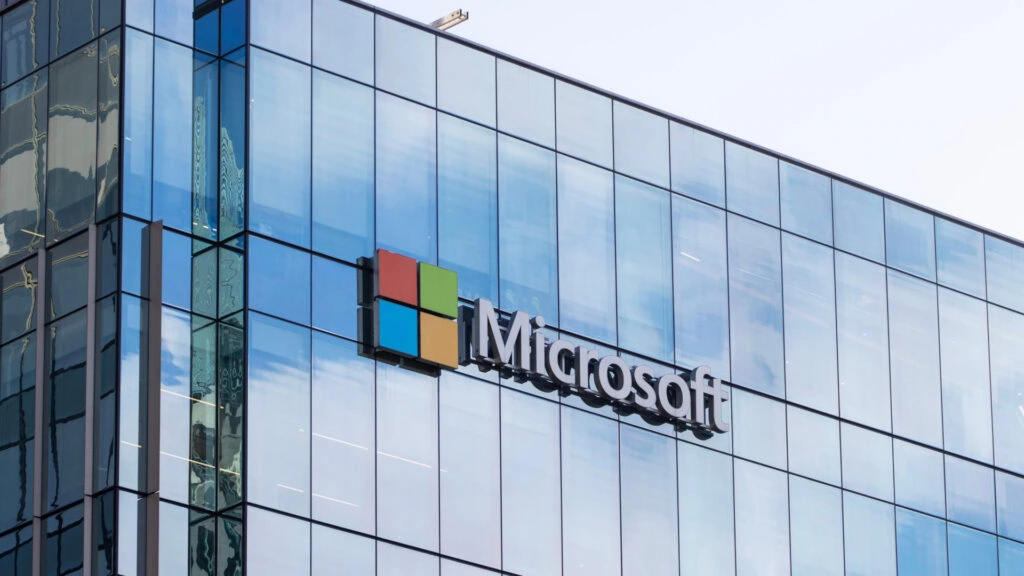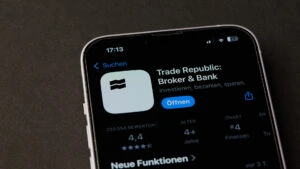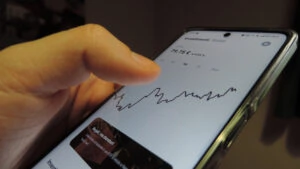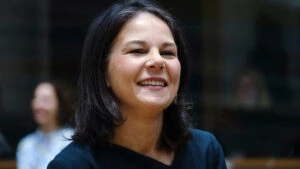Microsoft has not only shaped the computer industry, but also the way people around the world work, communicate and live. Now the tech giant is celebrating a milestone anniversary.
In the computer universe, no one can ignore Microsoft. At least 70 percent of all personal computers run on the Microsoft Windows operating system. The office software Office has over one billion users worldwide. Even in new software categories such as programs for communication within workgroups, the tech giant from the north-west of the USA has largely left challengers such as Slack behind with Microsoft Teams. And thanks to a cooperation with OpenAI, Microsoft is also at the forefront of the trending topic of artificial intelligence.
So there is a lot to celebrate on the 50th anniversary of the company’s founding. However, Microsoft’s history is also characterized by a number of setbacks.
High stakes
A huge bluff helped Microsoft founders Bill Gates and Paul Allen rise from a tiny garage company to a global tech giant. After the first few years following the company’s founding on April 4, 1975 had been less than spectacular, the two friends were presented with a huge opportunity for a breakthrough in the early summer of 1980. At that time, the computer giant IBM came knocking, needing an operating system for its first PC.
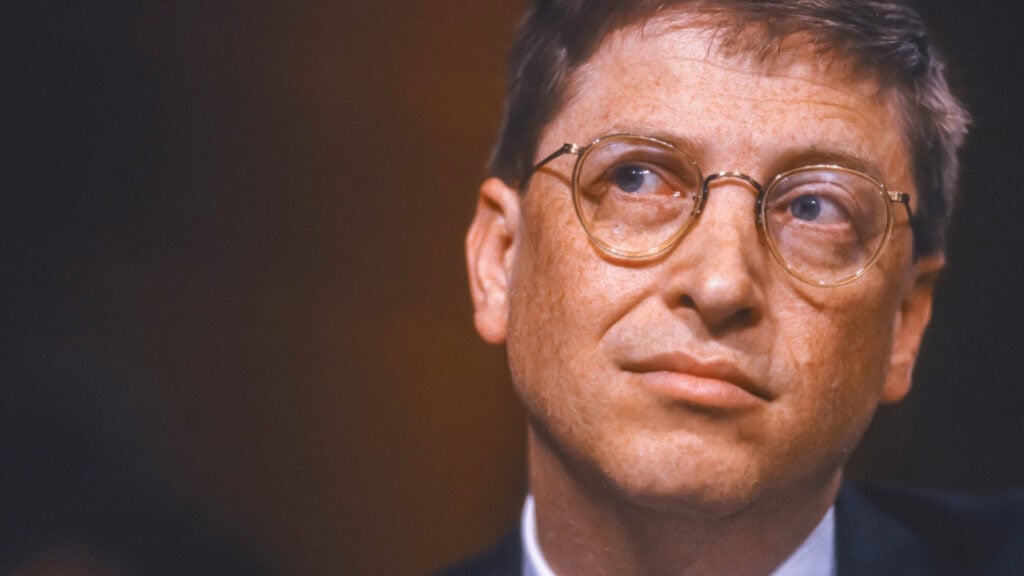
IBM wanted to enter the PC market quickly because smaller companies such as Apple and Commodore had suddenly become a threat to them. At the time, Microsoft had a reputation as a small but talented software company that knew its way around programming languages. IBM was now looking for an operating system. Gates quickly agreed to supply it. There was just one problem: Microsoft didn’t have one yet. Instead of writing one themselves, Gates and Allen bought an existing system called QDOS (Quick and Dirty Operating System) for around 50,000 dollars – and licensed it to IBM as PC-DOS.
The ingenious trick: Microsoft retained the rights and was also allowed to sell the system to others as MS-DOS. With this contract, Gates and Allen “seized a historic opportunity”, says Michael Mikolajczak, curator at Germany’s largest computer museum HNF in Paderborn. “This deal was not just about helping the large IBM group to enter the PC market.”
At the time, Gates insisted that the rights remained with Microsoft and that the software could be continuously developed and used by other manufacturers. “Bill Gates predicted back then that there would be a PC on every desk and in every household in the future. Looking back, we can say that he was right.”
Mass audience reached
In the mid-1980s, the graphical user interface was then brought to PC screens after Apple had presented the idea. The content concept for this – operation with icons and a mouse – was developed elsewhere, primarily in the Californian research laboratory Xerox PARC. “But no products were developed there that normal people could afford,” says HNF curator Mikolajczak. “That was only achieved by Apple in 1984 with the first Macintosh and Microsoft with Windows for a mass audience.”
Paul Allen left the company in 1983 after being diagnosed with a malignant tumor of the lymphatic system. He was replaced by the brawny Steve Ballmer. The visionary Gates and the sales cannon Ballmer not only brought “a PC to every desk”, but also ensured that the vision of “information at your fingertips” became a reality for many PC users with Windows 95 at the latest.
However, the management duo also made serious mistakes during Microsoft’s rise to become the largest software group in the world. Until the summer of 1995, Gates did not realize what role the open web would play and instead relied on the closed service MSN. During this critical phase, Microsoft used the popularity of its products to exploit its market power, in particular to keep the competition in web browsers quiet.
Gag contracts slow down the competition
“The mere fact that contracts were made with PC manufacturers to equip the computers completely with Microsoft products meant that other software manufacturers such as Netscape could hardly compete,” says HNF curator Mikolajczak. Cartel watchdogs were also very critical of this behavior. Microsoft only narrowly escaped being broken up at the time.
However, the antitrust disputes also wore Bill Gates down. On January 13, 2000, he handed over the executive chair to his friend Steve Ballmer. Under Ballmer’s leadership, technical development stagnated, although the Group’s turnover and profits developed positively. Ballmer became famous for his energetic appearances. At a developer conference in 2000, he stormed onto the stage sweating and clapping and shouted “DEVELOPERS! DEVELOPERS! DEVELOPERS!” – 14 times in a row.
The video became a viral hit – and shows in a quirky way how much Microsoft relied on developers in the Ballmer era to offer their own solutions based on the Microsoft foundation and thus anchor the software group in the economy, society and politics.
Fatal miscalculation
An Internet meme to this day is a YouTube video from 2007 in which Ballmer makes fun of the iPhone, which had just been presented by Apple co-founder Steve Jobs in 2007. It was too expensive, had no keyboard and would not stand a chance in the business market.
The story was different: Apple became a smartphone superpower, Google’s Android took over the mass market – and Microsoft missed out on the mobile revolution. Microsoft is still suffering from this fatal mistake today.
In 2014, Satya Nadella became the third CEO in the company’s history to take the helm of the Group. He immediately initiated a strategic realignment under the motto “Cloud First, Mobile First” in order to correct the wrong decisions of his predecessor. Nadella recognized that although Microsoft was strong in the traditional PC business, it needed to tap into new growth areas – especially cloud services and mobile applications.
Strategic realignment
Under the leadership of Satya Nadella, Microsoft opened up in many ways: the company now also offered its software such as Office for the iPhone and Android devices and increasingly switched to subscription and cloud models.
Another clever move recently proved to be a far-reaching cooperation with the world’s leading AI start-up OpenAI, the developer of ChatGPT. Nadella recognized early on that artificial intelligence would be the next big technological revolution. Only time will tell whether this will be enough to present the company as a pioneer of the future of AI.
Christoph Dernbach, dpa

